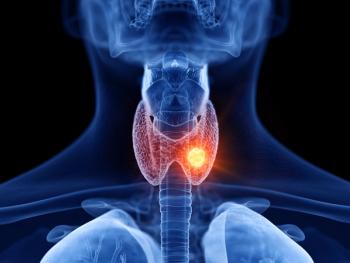
AI advances in radiology: the benefits for value-based primary care
Progress in AI-enabled imaging devices allows PCPs to do more in-house procedures and improve care for underserved areas
The insights are clear: A recent report found that
Clinicians are starting to see AI as an indispensable ally. With 61% acknowledging AI's support in clinical decision-making, it's not merely a futuristic promise—it's a present-day reality. However, there remains a palpable hesitation: 55% of clinicians feel AI technology isn't ready for medical application, and 58% distrust AI data.
This skepticism is not unfounded. It springs from a history of technology that sometimes seemed more an encumbrance than an aid. Information technology departments have a history of rolling out high-tech solutions without proper training or end-user buy-in. Moreover, AI algorithms, without the appropriate parameters and oversight, can develop biases that widen gaps in care.
Yet here lies the opportunity. As developers and health care providers, we must ensure AI is as understandable and transparent as a chest X-ray. When AI becomes another tool in the doctor's bag, vetted for accuracy and fairness, it strengthens the trust in AI across all health care sectors, including primary care.
AI's most exciting use cases in radiology involve delivering safer care and greater accuracy. That means the availability of radiology technology—especially when it’s portable and modular—can extend beyond the traditional radiology suite to include primary care.
Primary care physicians, who often face the challenge of providing comprehensive care with limited resources, can significantly benefit from these advances. By integrating AI-enabled imaging, PCPs can perform more diagnostic procedures in-house, reducing the need for referrals and providing immediate insights into a patient's condition.
This capability aligns perfectly with the principles of
Furthermore, AI algorithms are continuously improving their diagnostic accuracy, which can help alleviate some of the skepticism PCPs may have. By starting with AI tools that have apparent impacts on safety and accuracy—while still leaving ultimately diagnostics to the doctor—health systems can create on-ramps to AI that break down barriers and build trust.
Finally, AI can help address the issue of
As AI technology advances and becomes more integrated into health care, its potential to assist PCPs in delivering value-based care is immense. It can help overcome skepticism by demonstrating tangible improvements in patient care and empower PCPs to be at the forefront of health care innovation. The promise of AI in health care is not just a boon for efficiency and accuracy; it's a step toward a more equitable, effective, and patient-centered health care system.
Evan Ruff is chief executive officer and co-founder of
Newsletter
Stay informed and empowered with Medical Economics enewsletter, delivering expert insights, financial strategies, practice management tips and technology trends — tailored for today’s physicians.
















